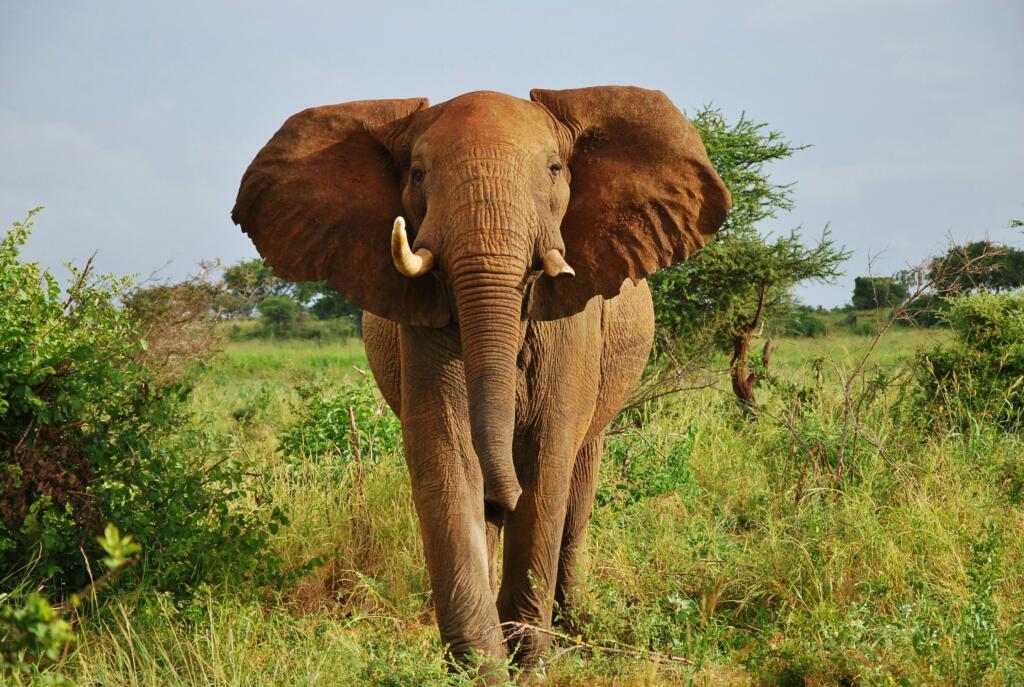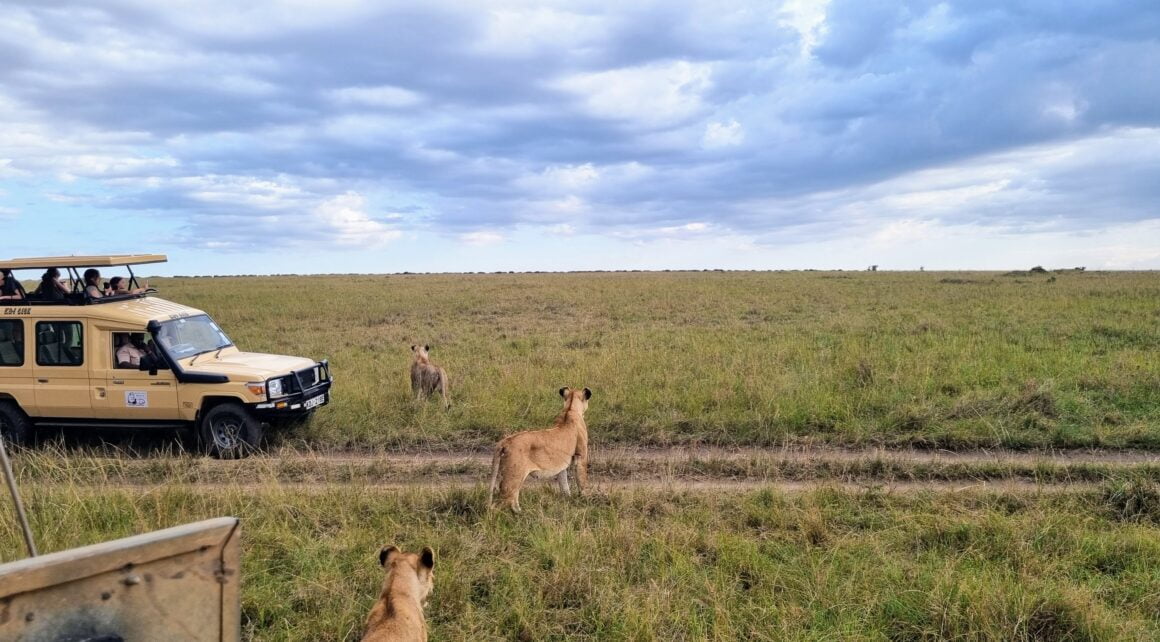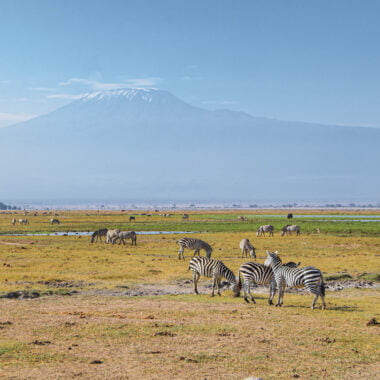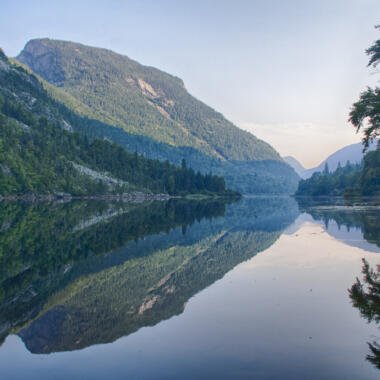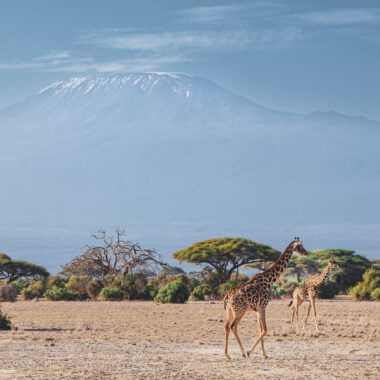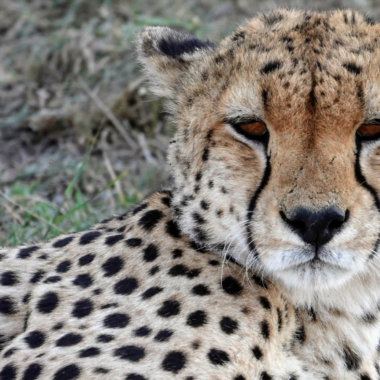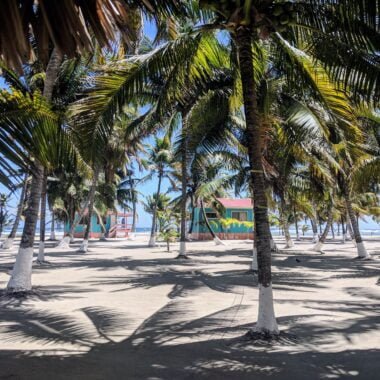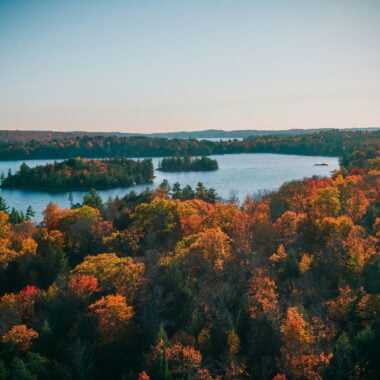With over fifty national parks and wildlife reserves, Kenya offers a myriad of options for safari enthusiasts. Whether by 4×4, on foot, horseback, or bicycle, there are plenty of opportunities to explore the splendor of the wildlife inhabiting Kenya’s savannas and plains.
Which of these 10 must-visit parks will you choose?
Nairobi National Park
The Nairobi National Park may not be the most famous or the largest park in Kenya. However, its unique location on the outskirts of the city center gives it a special status: it is home to a wide variety of wildlife, including lions, giraffes, zebras, leopards, rhinoceroses, and more. Surrounded by urban developments, the park offers astonishing panoramas that create a fascinating contrast with the wilderness within.
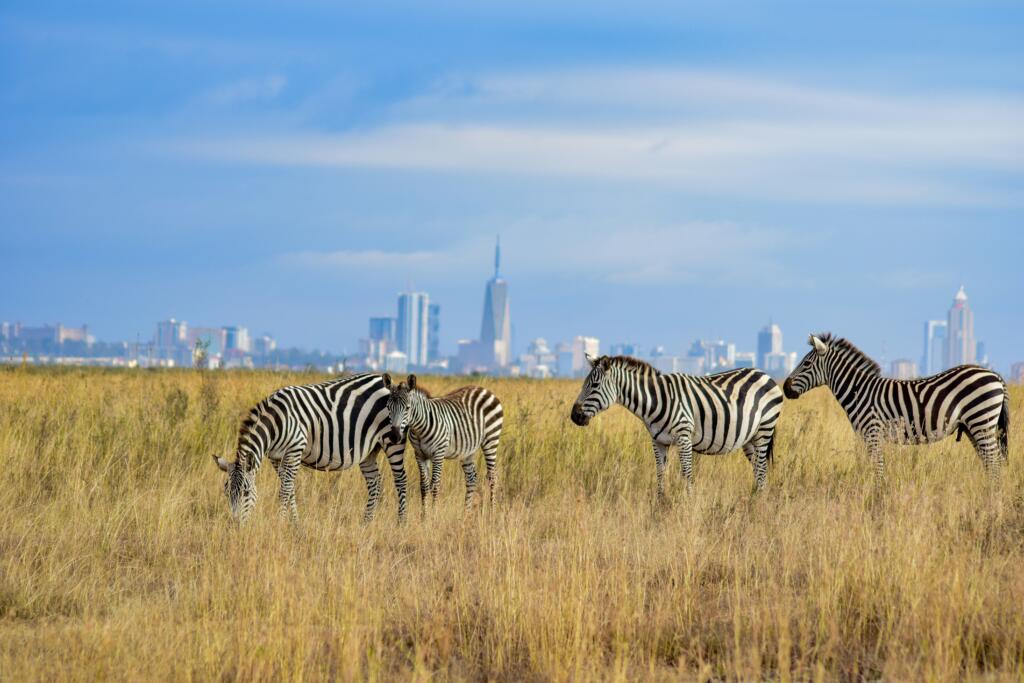
Often overlooked by foreign travelers who prefer more renowned parks, Nairobi National Park is nevertheless famous for rhinoceros sightings. Whether by fortunate coincidence or not, the rhinoceroses we were able to observe there shortly after landing were the only ones seen during our entire stay.
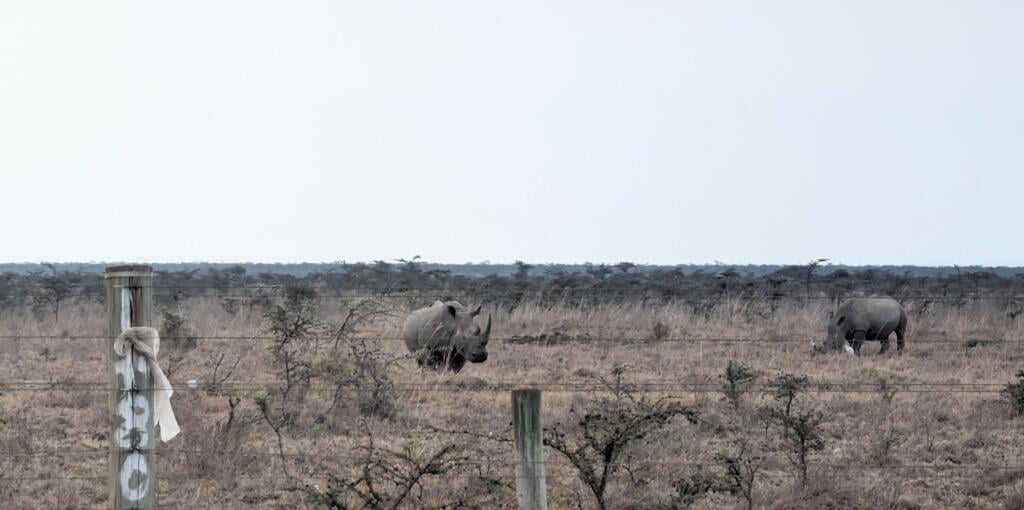
Lake Naivasha & Crescent Island Game Sanctuary
Located approximately 90 kilometers northwest of Nairobi, Lake Naivasha stands out as one of the few freshwater basins in the Great Rift Valley. Positioned at an altitude of 1884 meters and spanning an area of 139 square kilometers, the lake has held the prestigious Ramsar site status since 1995, underscoring its global significance as an aquatic ecosystem.
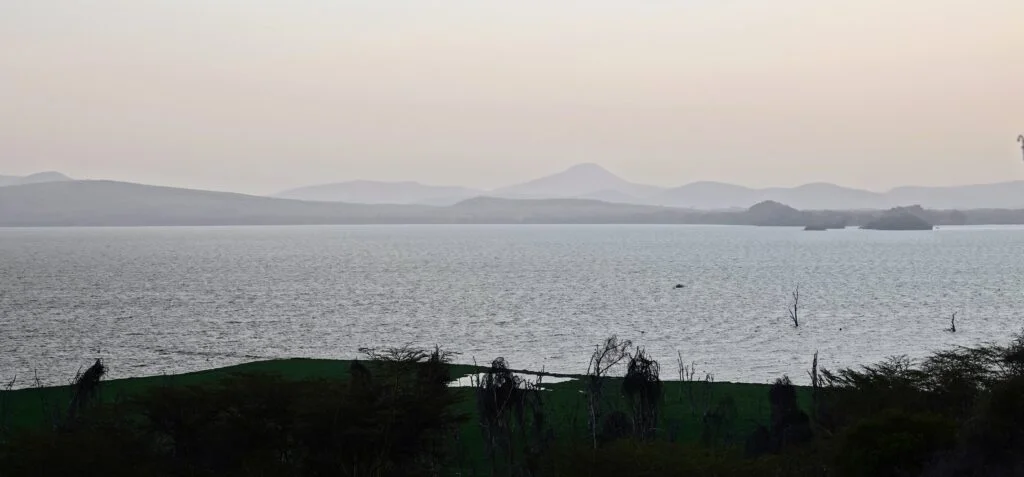
Famous for its large populations of hippos and the wide variety of birds that can be observed, including sea eagles, Goliath herons, kingfishers, starlings, pelicans, and flamingos, Lake Naivasha is also known for the walking safaris that can be done on the shores of Crescent Island!
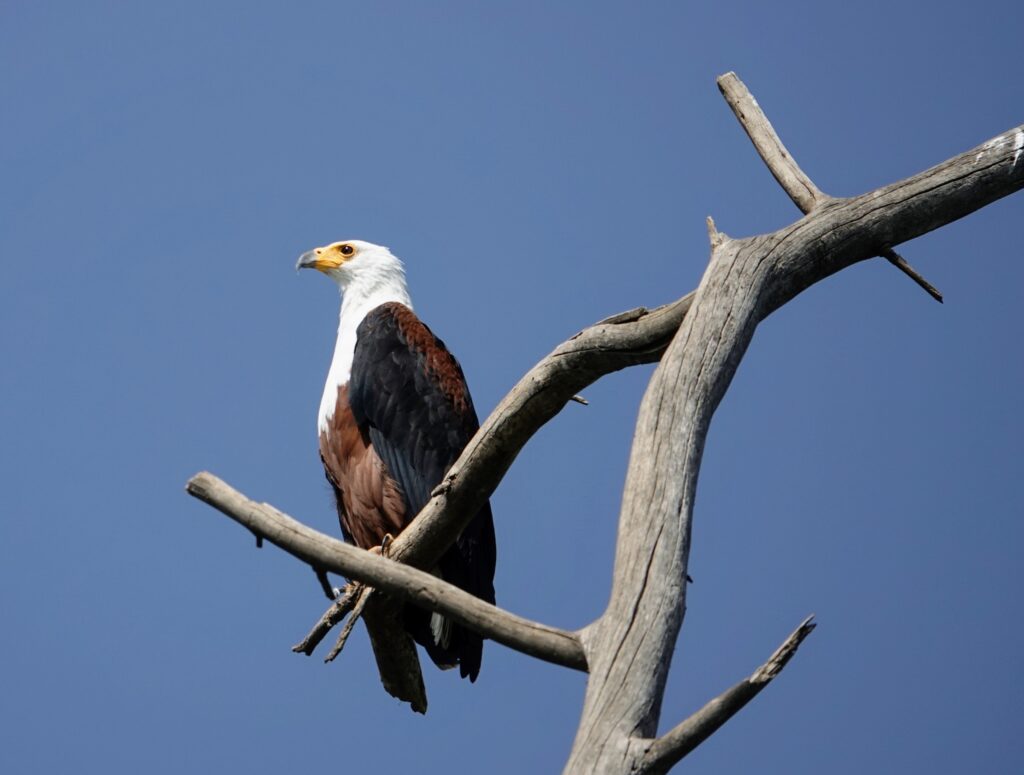
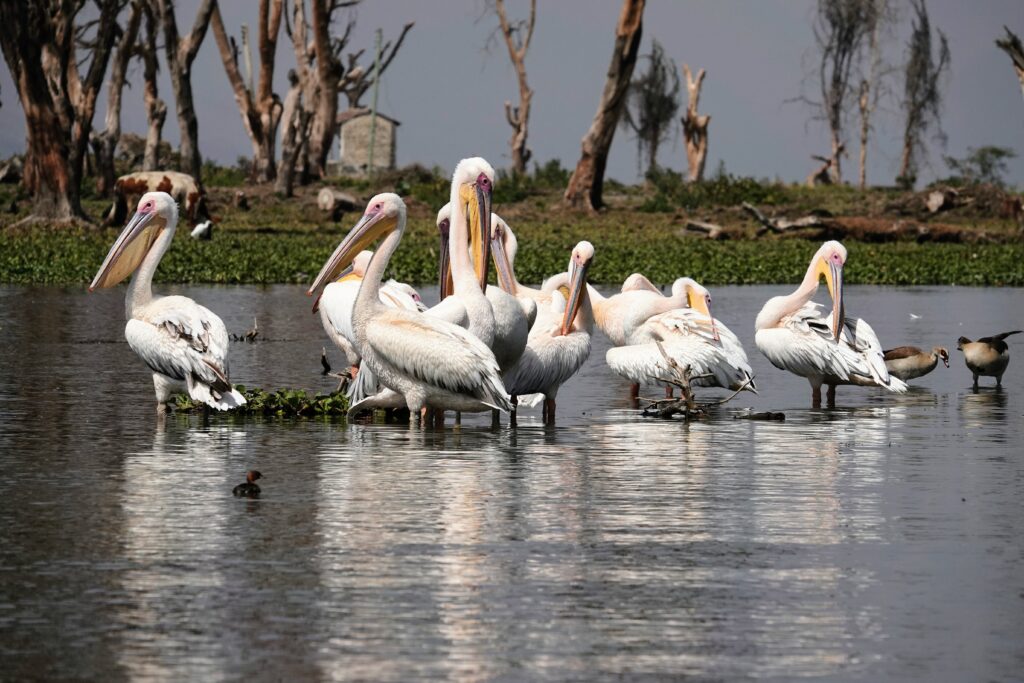
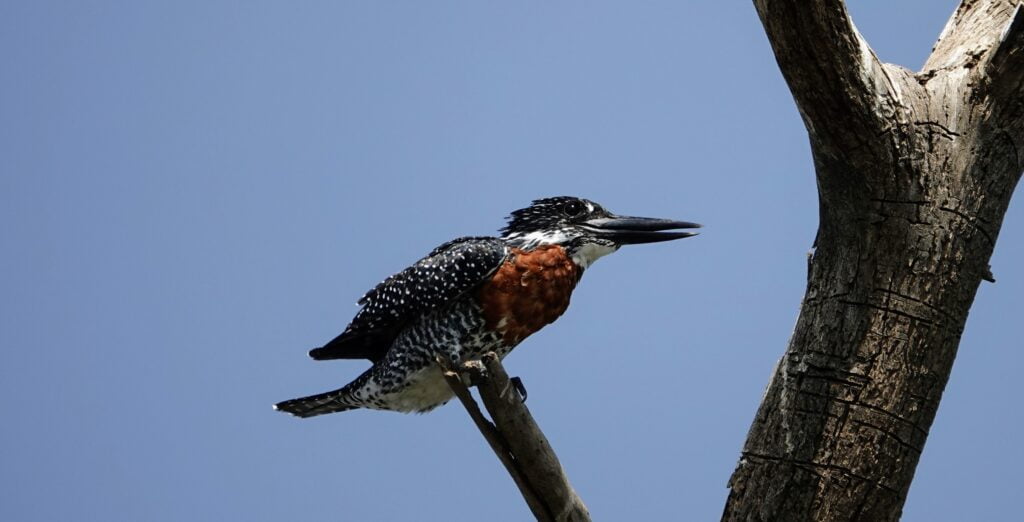
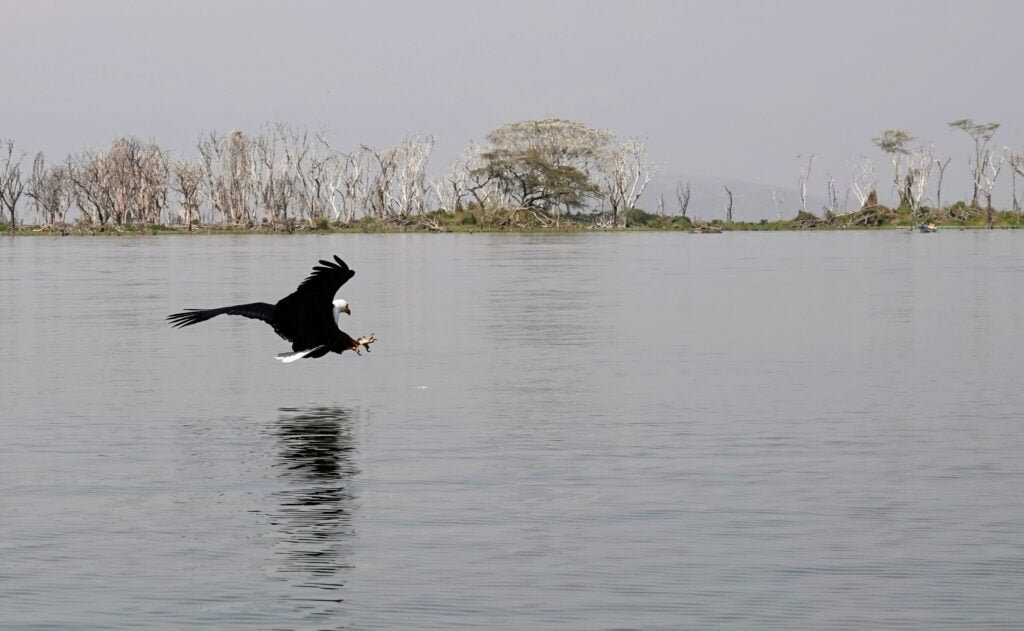
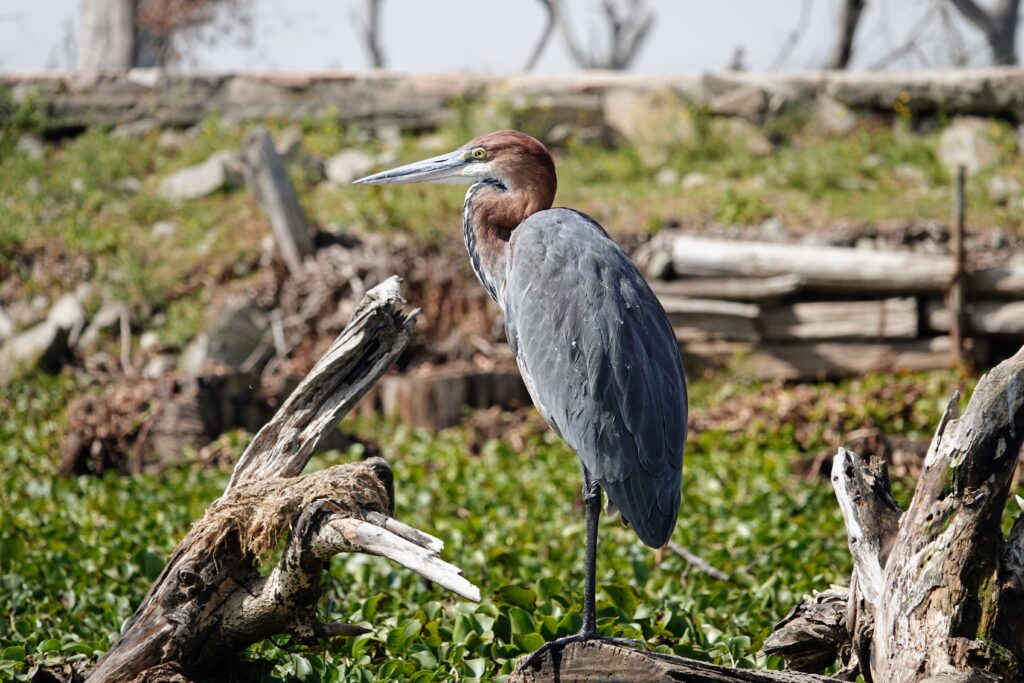
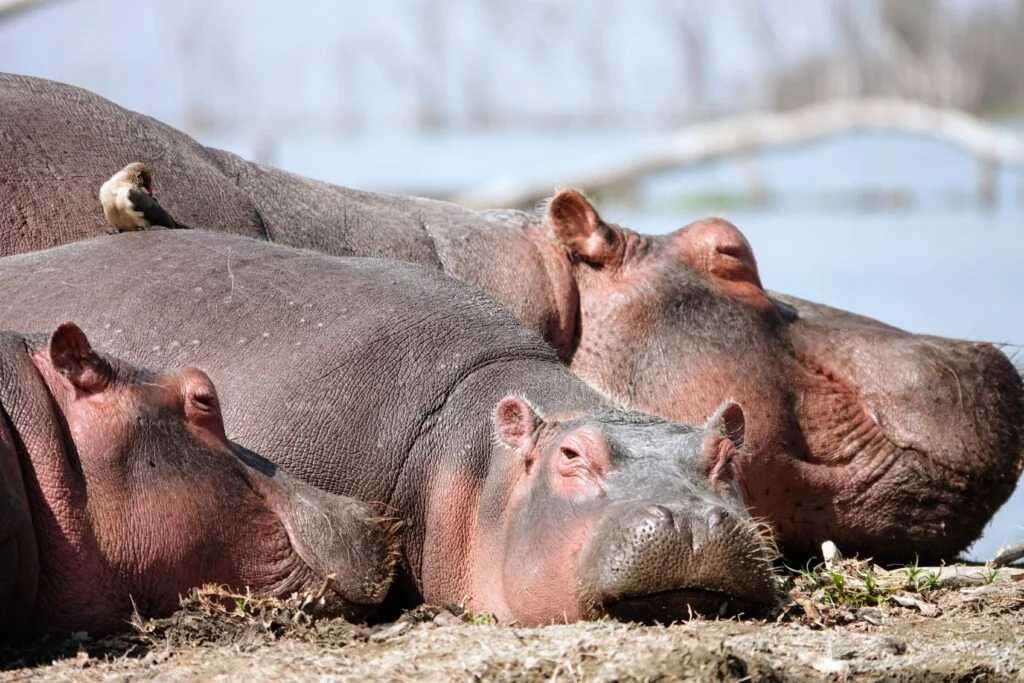
In 1988, the waters of Lake Naivasha receded so much that they revealed Crescent Island. This crescent-shaped peninsula is home to an incredible diversity of ecosystems where giraffes, wildebeests, waterbucks, zebras, buffaloes, gazelles, and antelopes roam freely, without any predators threatening them. There are thus more animals per hectare on Crescent Island than in any other park in Kenya!
Just across the way, Sanctuary Farm is another important conservation area where it is also possible to encounter wild animals on foot, by bicycle, or on horseback!

Find here the story of our walking safari at Lake Naivasha.
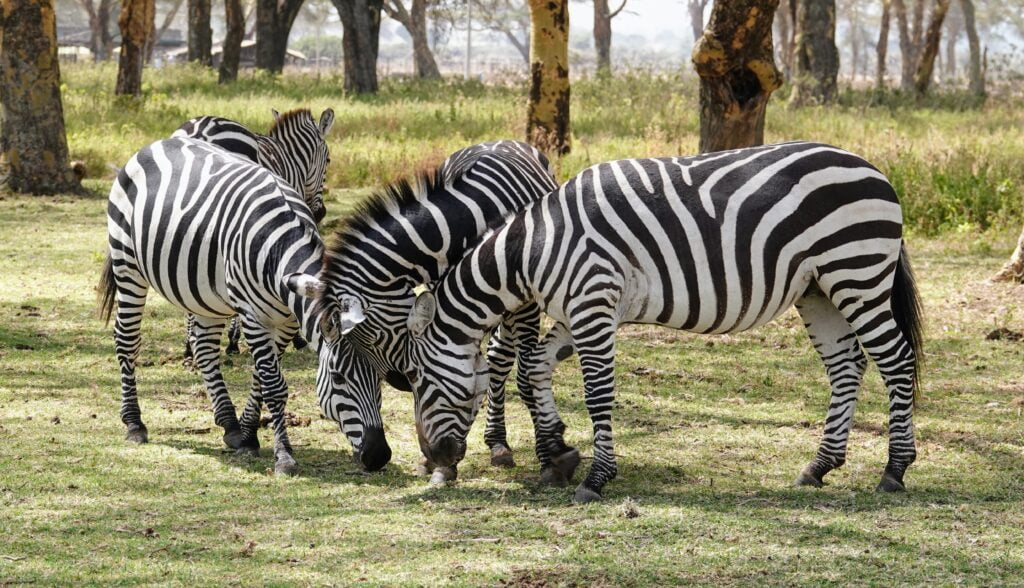
Nakuru National Park
Located just north of Lake Naivasha, Nakuru National Park spans 188 km² surrounding the similarly named lake. Renowned for its high concentration of rhinoceros, it’s also one of the country’s premier sites for birdwatching, with over 400 species recorded in the vicinity of Lake Nakuru: pelicans, kingfishers, storks, herons, ostriches… and, of course, the iconic flamingos.
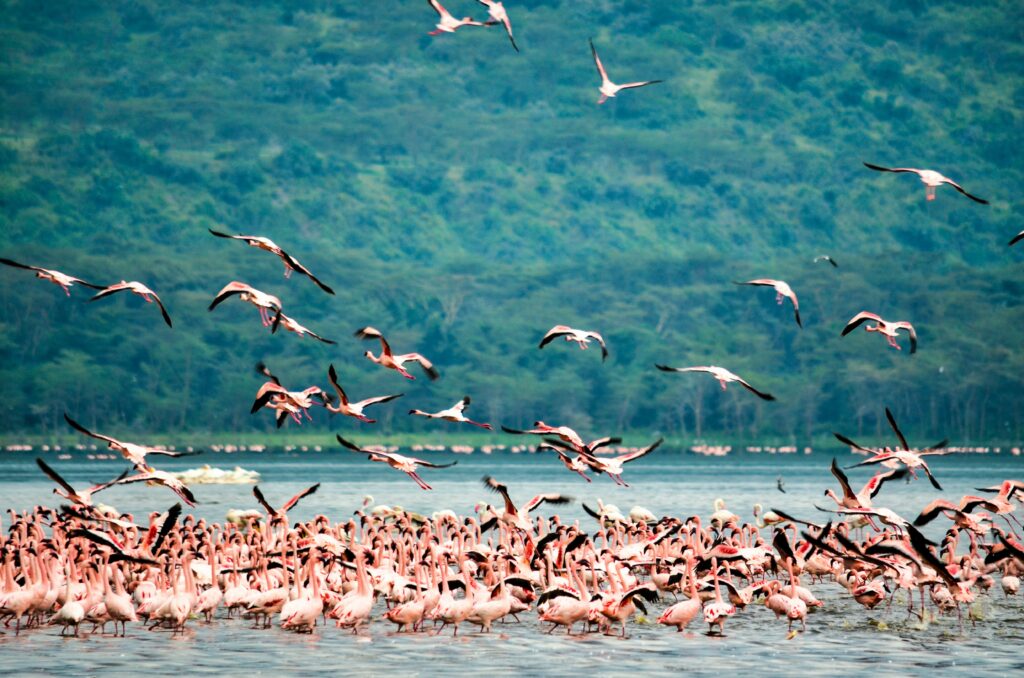
If there were once over a million flamingos at Lake Nakuru just a few years ago, environmental changes and the desalination of the lake water have led these birds to migrate to other regions. However, depending on the time of year, there are still several thousand that gather there.
Hell’s Gate National Park
Located just a few kilometers from Lake Naivasha, Hell’s Gate National Park stands out as one of Kenya’s most exceptional parks.
Small in size, barely 70 km², the park is renowned not for its drive-in safaris like most other parks, but rather for the beauty of its volcanic landscapes and the numerous outdoor activities it offers: hiking and mountain biking – no big cats here, even though these gorges inspired Walt Disney for the setting of the Lion King – but also climbing and hot springs.
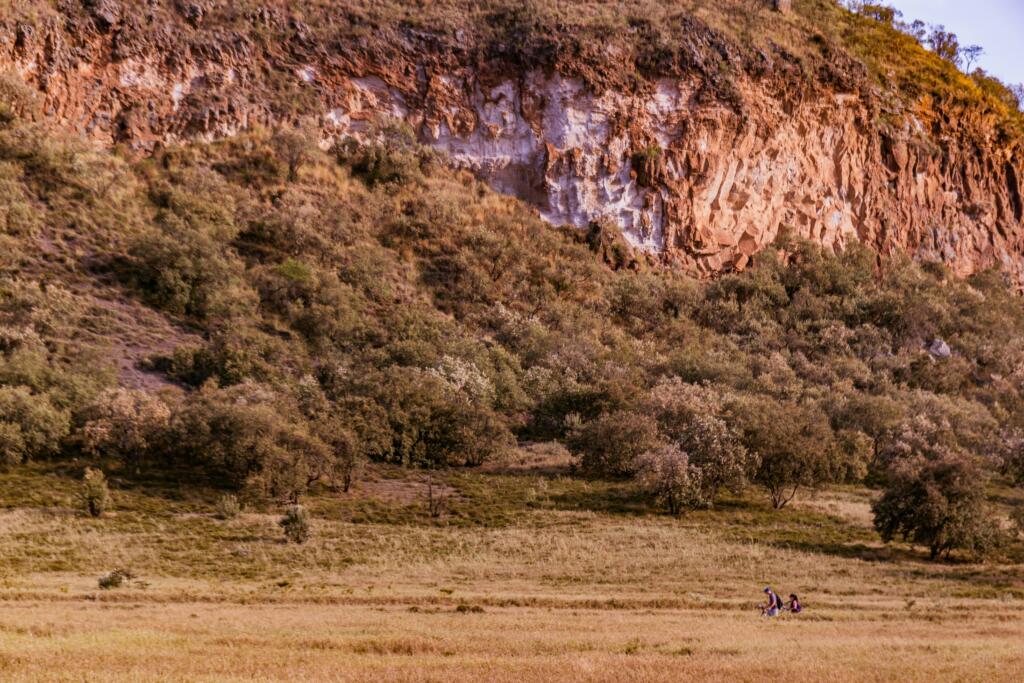
The Hell’s Gate National Park also hosts a wide variety of wildlife, including giraffes, buffaloes, zebras, baboons, and antelopes.
Not to be missed in Hell’s Gate National Park:
- Fisher’s Tower, an impressive volcanic tower standing at 25 meters, which has been featured in numerous films
- The Buffalo Circuit, a stunning loop of about 15 kilometers that offers breathtaking landscapes, including views of Mount Longonot
- The Njorowa Gorges, highly appreciated for their basaltic cliffs towering over 10 meters
Masai Mara Reserve
World-renowned for its abundant wildlife and distinctive landscapes, the Maasai Mara Reserve is among the most beautiful reserves in Africa.
Located in southwestern Kenya, extending naturally from the Serengeti National Park in Tanzania, the Maasai Mara National Reserve is part of the Serengeti-Mara ecosystem, characterized by vast grassy plains, shallow marshlands, and bush-covered hills.
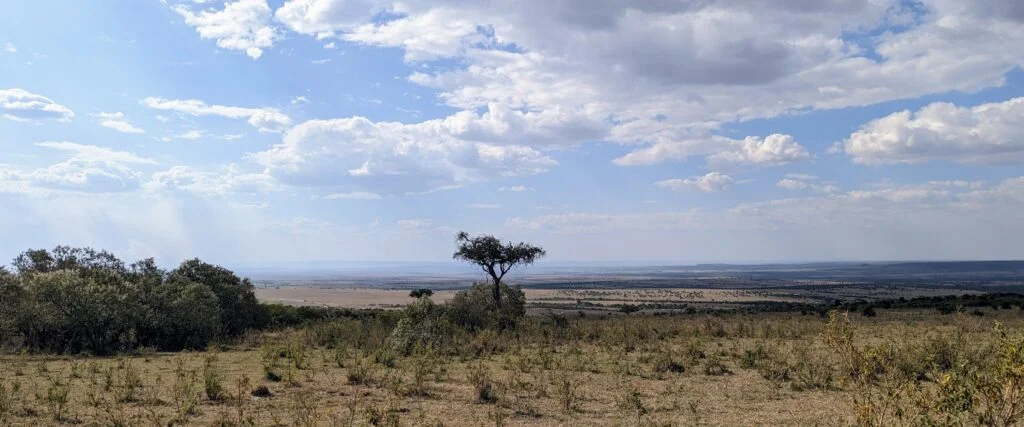
The Maasai Mara Reserve is renowned for the diversity and density of its wildlife. It is home to the Big Five (lion, leopard, elephant, buffalo, and rhinoceros), as well as a multitude of other animal species.

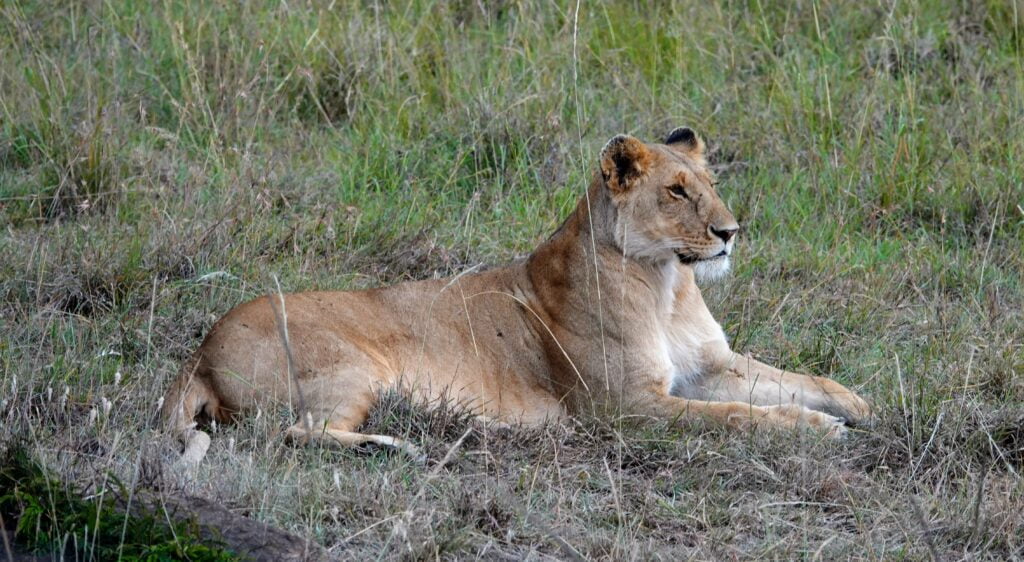
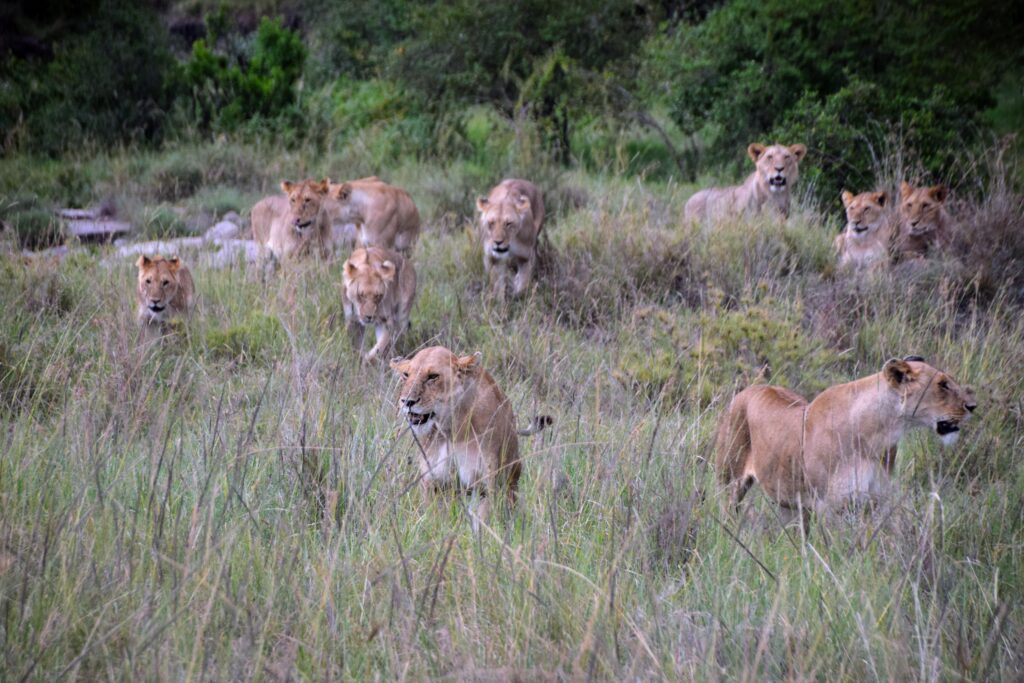
One of the most spectacular attractions in the Maasai Mara is undoubtedly the great wildebeest migration from July to September.
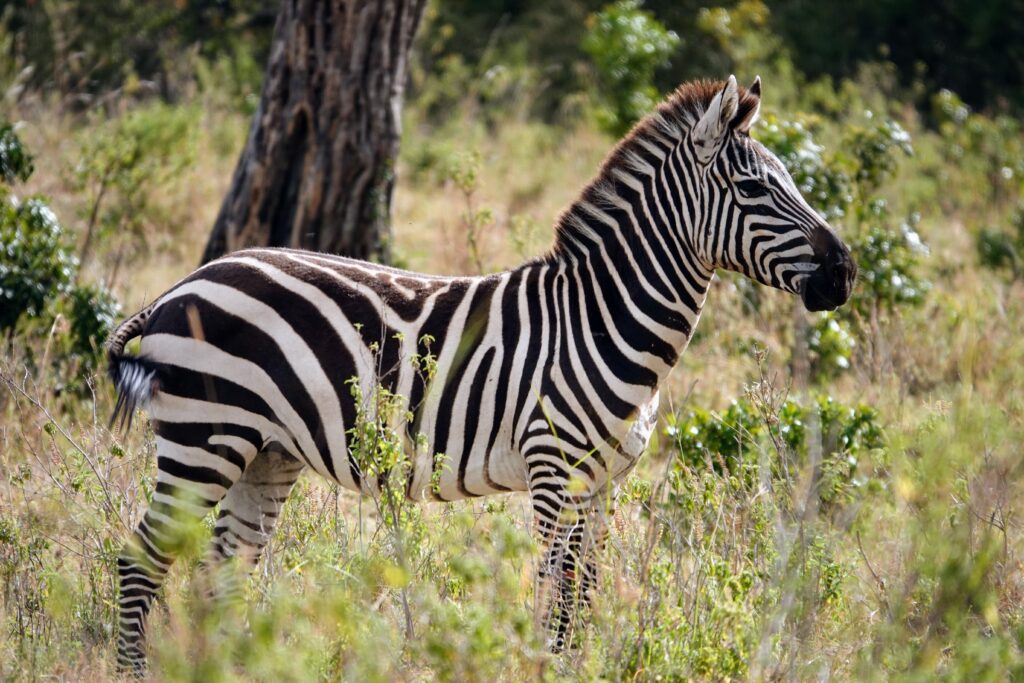
➜ While the Maasai Mara Reserve is the most visited for a safari in Kenya, it still receives fewer visitors compared to the Serengeti in Tanzania. Additionally, the Maasai Mara offers a more diverse range of accommodations, providing greater flexibility in terms of budgets.
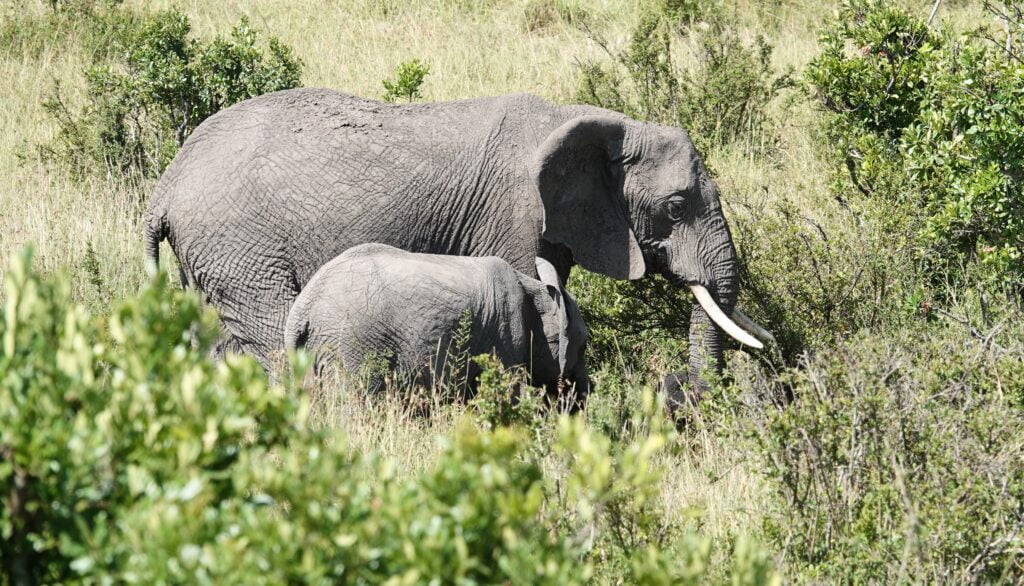
Find here the story of our safari in the Maasai Mara Reserve.
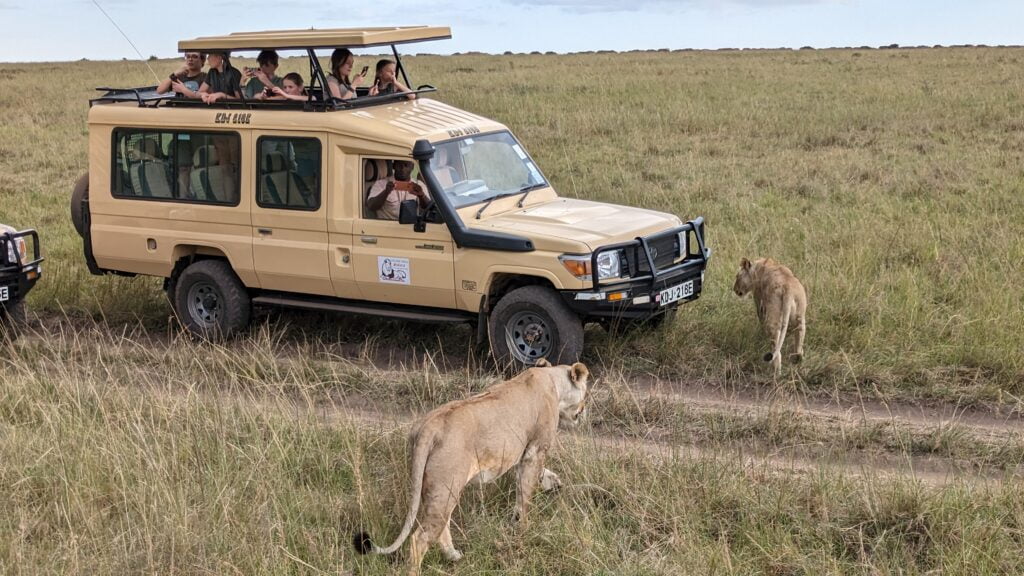
Amboseli National Park
Located in the Great Rift Valley, about 250 km southeast of Nairobi, Amboseli National Park is Kenya’s oldest park and the second most visited park in the country after the Maasai Mara.
Bordering Tanzania, the park covers an area of 392 km², making it one of the smallest parks in Kenya. Mostly consisting of sparsely vegetated plains, the park offers exceptional views of Africa’s tallest peak, Mount Kilimanjaro (5895 meters above sea level).
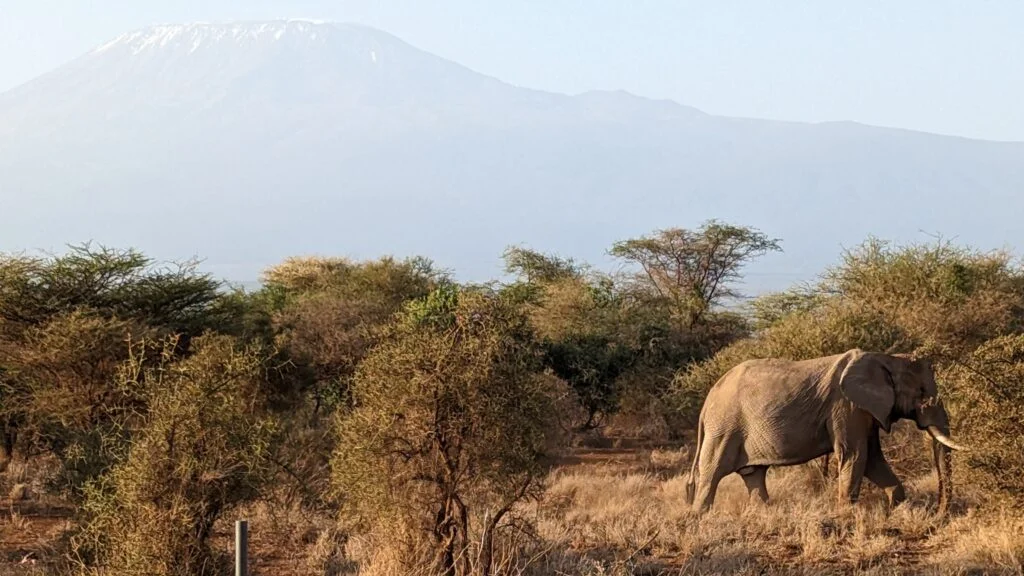
The richness of the wildlife is impressive considering the park’s small size: zebras, wildebeests, antelopes, warthogs, hippos, and hundreds of birds often gather near the marshes. Giraffes, on the other hand, move from acacia to acacia to feed and seek shade from the sun.
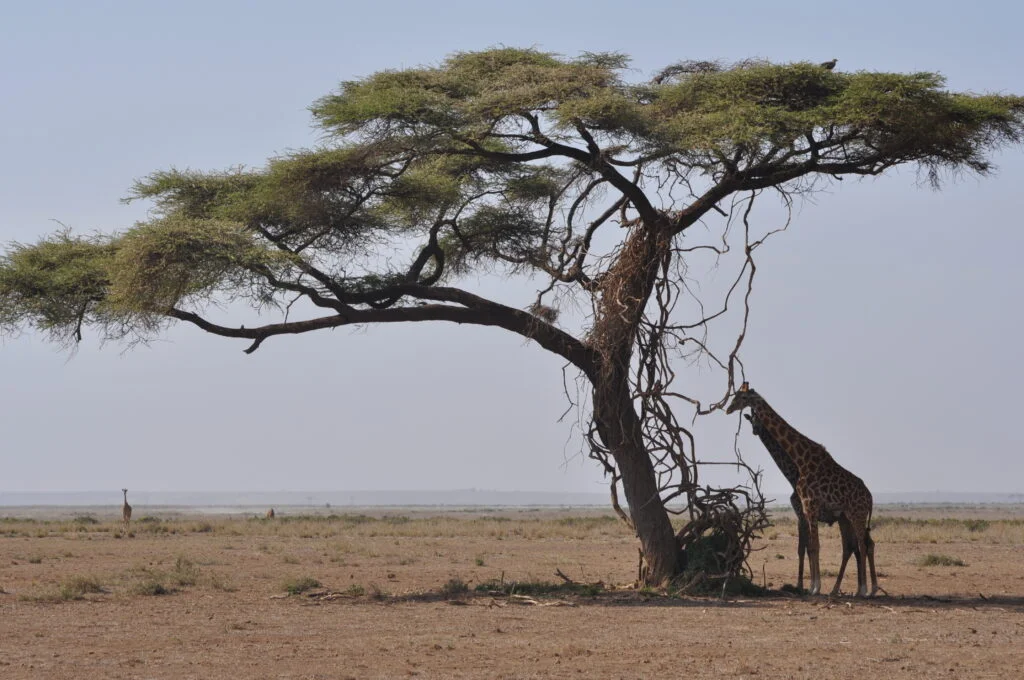
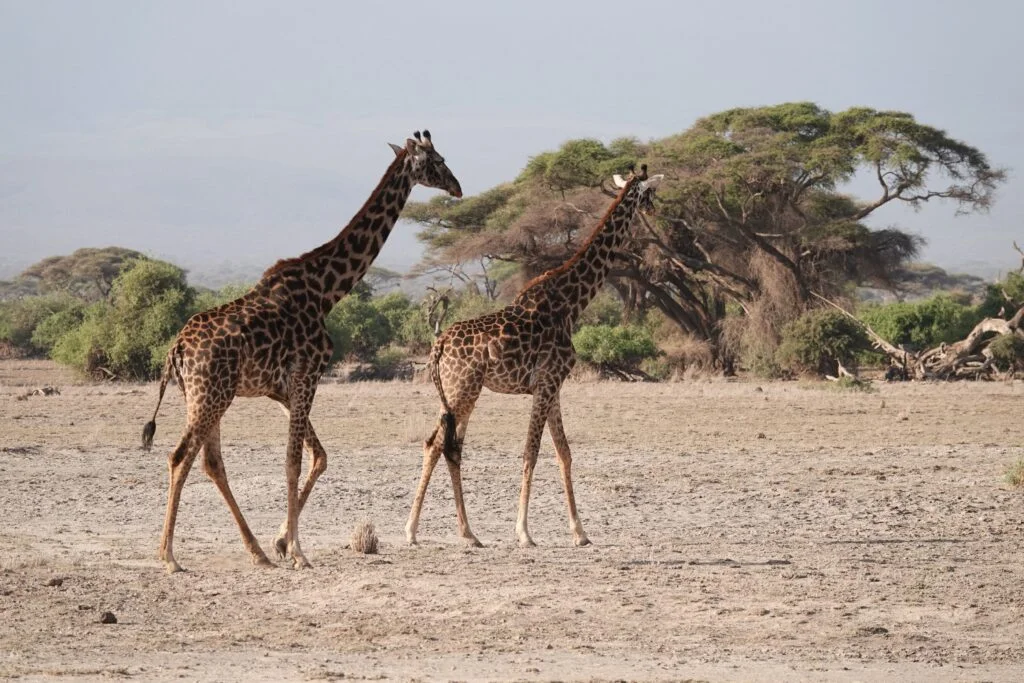
Big cats and carnivores are rarer in Amboseli, but with a bit of luck, you can still spot the Big Five there!
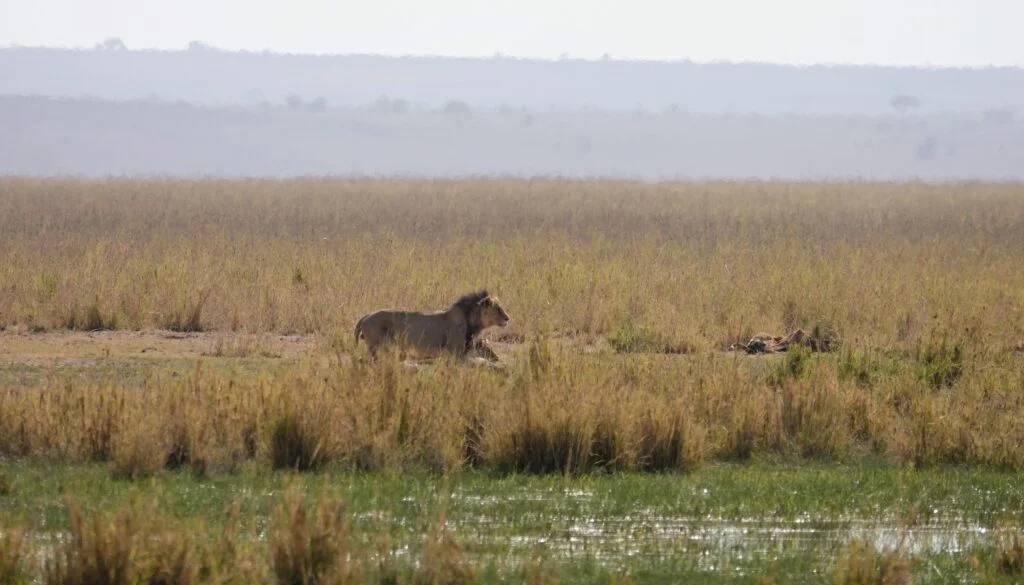
But Amboseli National Park is above all the kingdom of elephants, which one never tires of observing with Mount Kilimanjaro in the background! Thanks to researchers and the support of local communities, there are now over 1800 elephants in Amboseli National Park, compared to 600 in 1972.
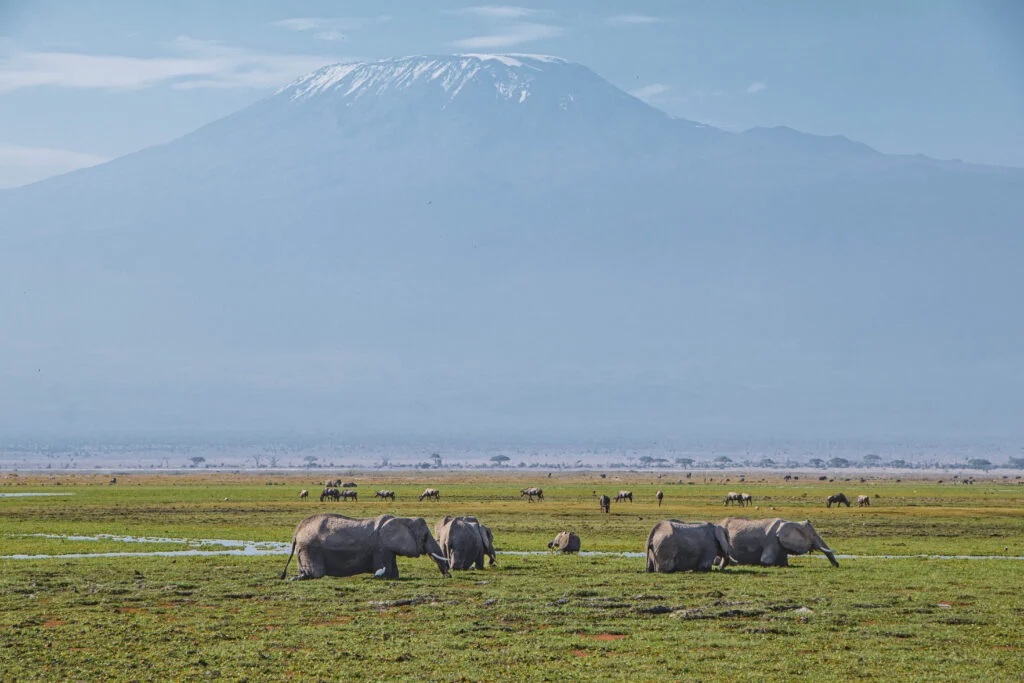
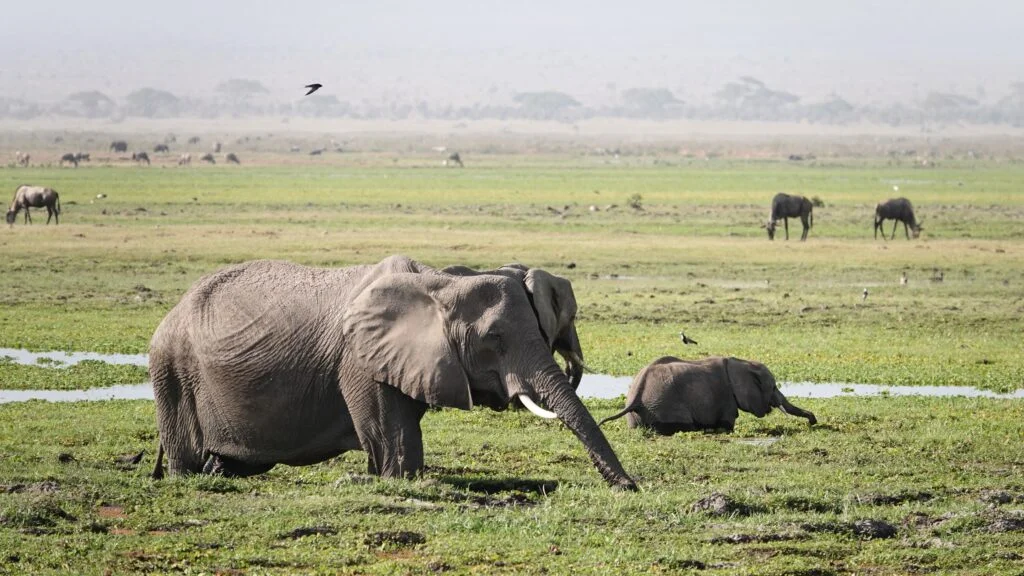
➜ The small size of Amboseli National Park is actually an advantage for safari, making the overall experience less strenuous compared to places like Masai Mara. The shorter travel times allow for longer periods of animal observation. Additionally, it’s one of the few national parks where you can freely visit (self-drive) during the dry season, provided you have a suitable vehicle and adhere to the regulations in place.

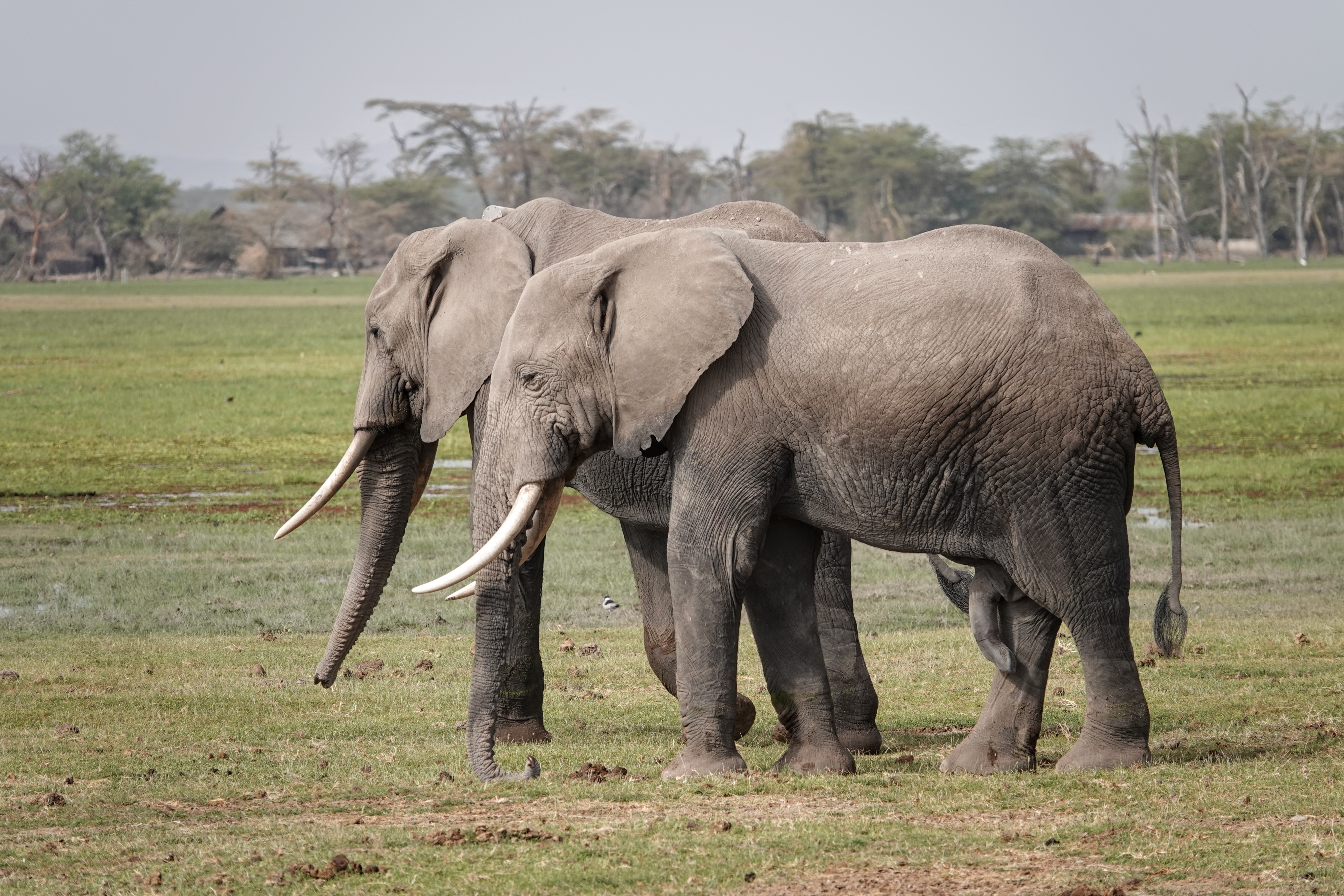
Find here the story of our safari in Amboseli National Park.
Tsavo National Park
Tsavo National Park, the largest in Africa, is a volcanic region with red earth, renowned for its iconic landscapes (Mudanda observation rock, Mzima Springs, Shetani Lava formations) and incredible variety of wildlife, including the Big Five and endemic animals such as the Somali ostrich, Beisa oryx, and Waller’s gazelle (also known as the giraffe antelope).
The park is divided into two distinct sections, Tsavo East and Tsavo West, each offering diverse ecosystems and wildlife.
Traversed by the Yatta Plateau, one of the world’s largest lava flows (290 km), Tsavo East is renowned for harboring over a thousand elephants with red skin, as well as many lionesses with their cubs. The Tsavo lions are known to have devoured more than a hundred railway workers during the construction of the railway between Kenya and Uganda in 1898.
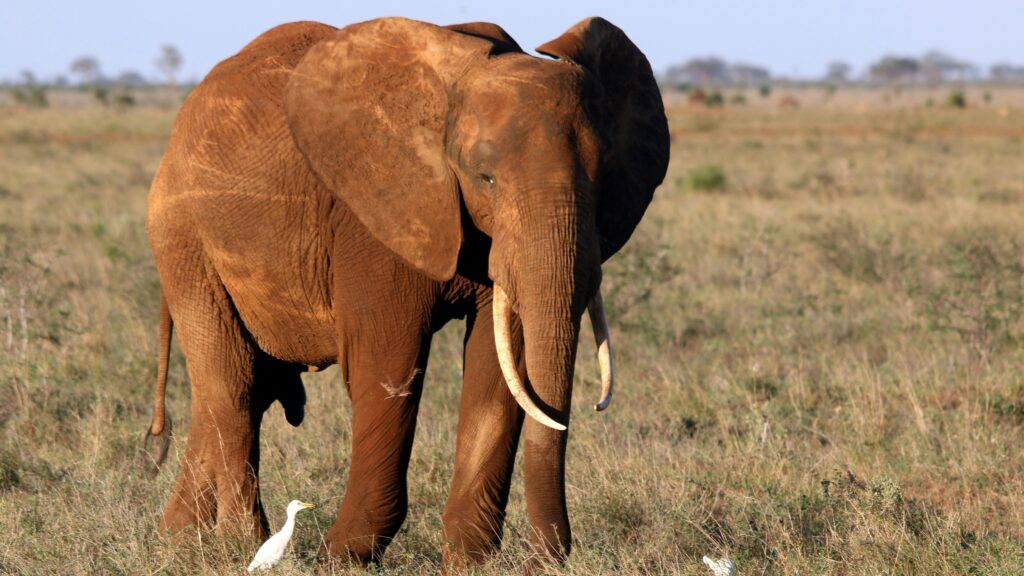
In Tsavo West, various water points fed by the glaciers of Mount Kilimanjaro allow for the observation of numerous crocodiles and hippos. The Ngulia Rhino Sanctuary, on the other hand, plays a crucial role in the conservation of black rhinos and currently hosts nearly 80 specimens.
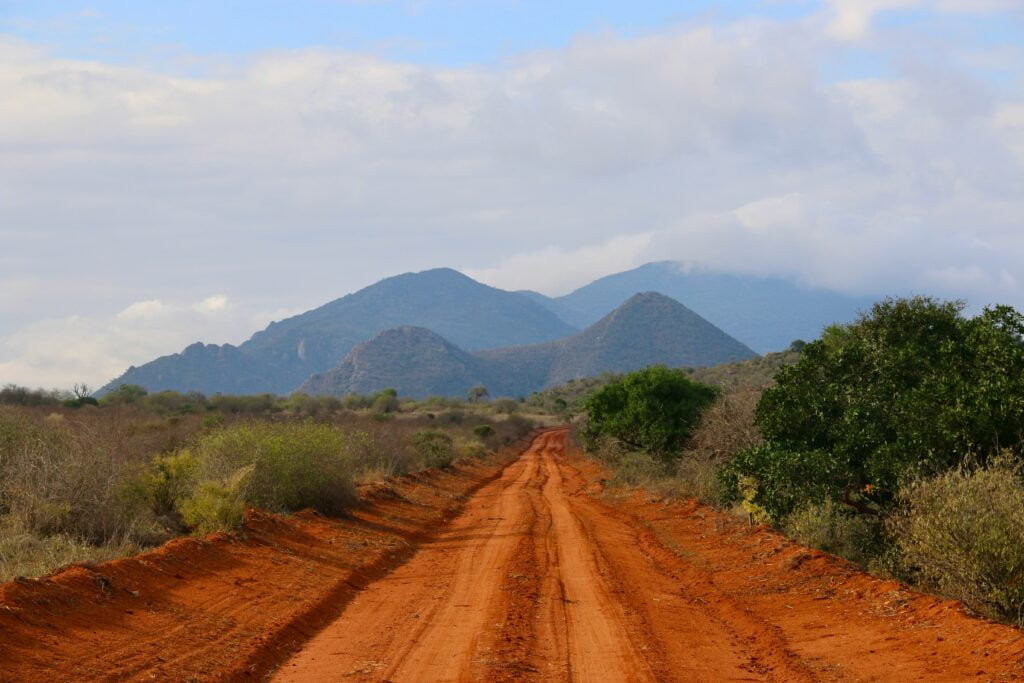
➜ Less frequented than Amboseli National Park or Maasai Mara Reserve, Tsavo National Park offers a more exclusive and intimate safari experience, with opportunities for peaceful and less disruptive animal observation.
Samburu National Reserve
Located in northern Kenya, Samburu National Reserve is a 165 km² wildlife reserve situated west of Shaba Reserve and north of Buffalo Springs, separated by the Ewaso Ng’iro River. It is one of the lesser-known reserves in Kenya and consequently one of the least visited.
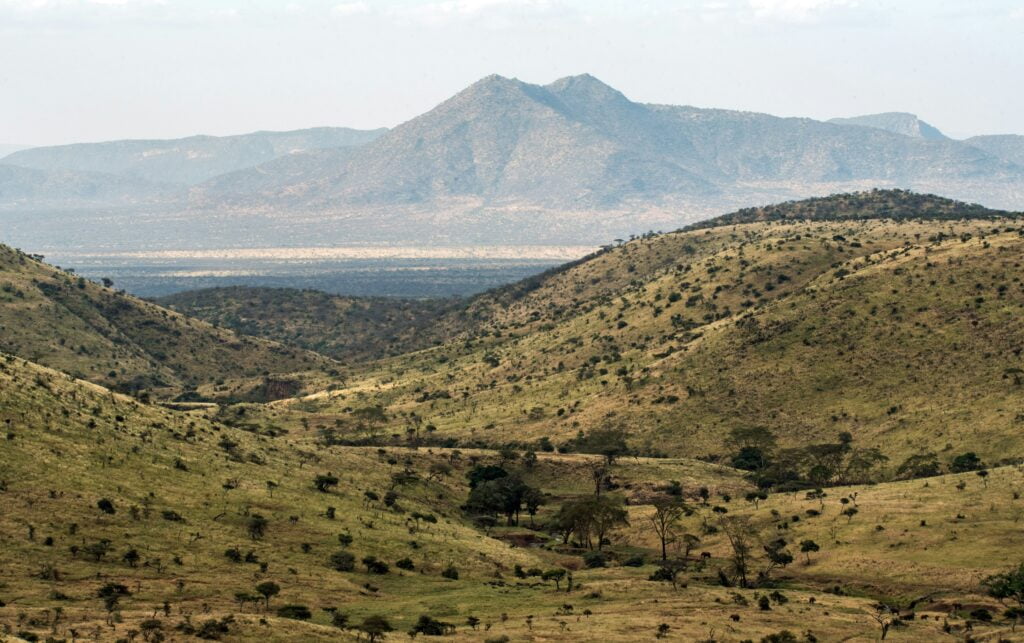
Comprised of semi-arid savannah dotted with shrubs and small acacias, the Samburu, Shaba, and Buffalo Springs reserves boast similar fauna, although with higher density in Samburu.
Visitors can spot 4 of the Big Five (lion, leopard, elephant, and buffalo) as well as species that are less commonly found in other parks and reserves in Kenya, including the reticulated giraffe, Grevy’s zebra, Beisa oryx, and Waller’s gazelle (also known as the giraffe antelope). Samburu National Reserve also hosts the highest concentration of leopards.
Ol Pejeta Conservancy
Located in the heart of Kenya, on the Laikipia Plateau, Ol Pejeta Conservancy is a private reserve covering an area of 360 km². Its vast savannah plains bear resemblance to those of the Maasai Mara, and the fauna is quite similar: numerous herbivores such as plains zebras, impalas, African buffalo, Thomson’s gazelles, warthogs, and waterbucks, as well as all the Big Five and the reticulated giraffe, as in Samburu.
Often cited as an example for its management and conservation policies for wild animals, Ol Pejeta is one of Kenya’s main conservation sanctuaries, especially for endangered species such as black and white rhinos, leopards, cheetahs, and chimpanzees.
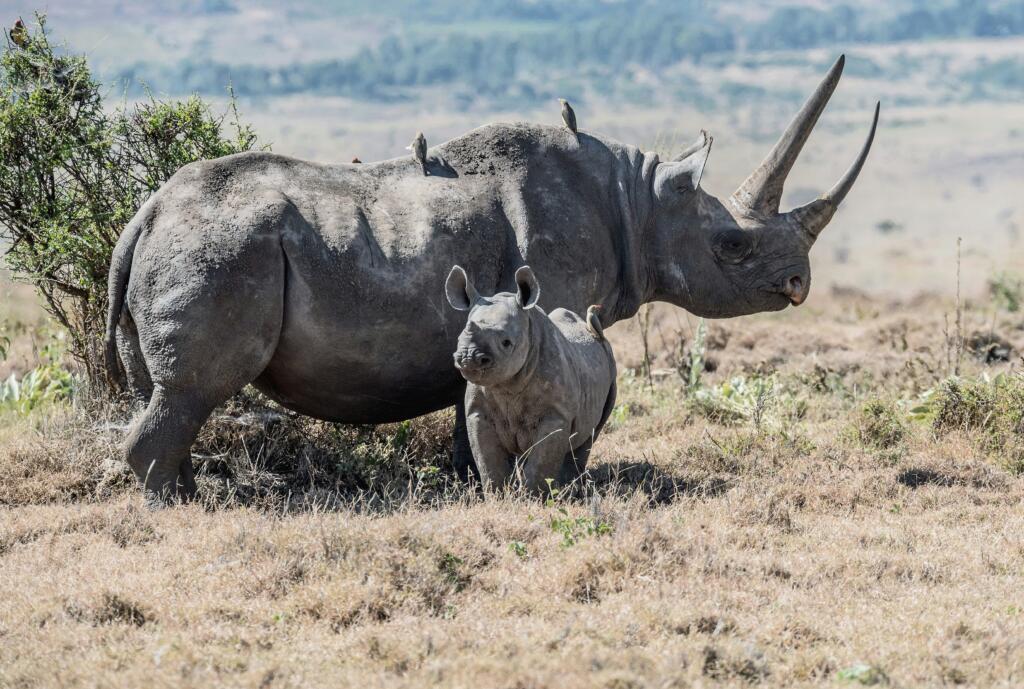
In addition to traditional safaris, Ol Pejeta offers a range of unique activities such as walking safaris, rhino guardian encounters, visits to the chimpanzee sanctuary, and nocturnal excursions in the reserve.
Meru National Park
Located 350 km east of Nairobi, Meru National Park is a rarely visited park in Kenya. Despite being heavily affected by intense poaching in the 1990s, the wildlife has since rebounded on the park’s 870 km² of wetland area, making Meru one of the most diverse parks in all of Africa.
